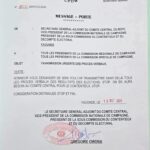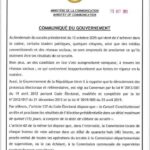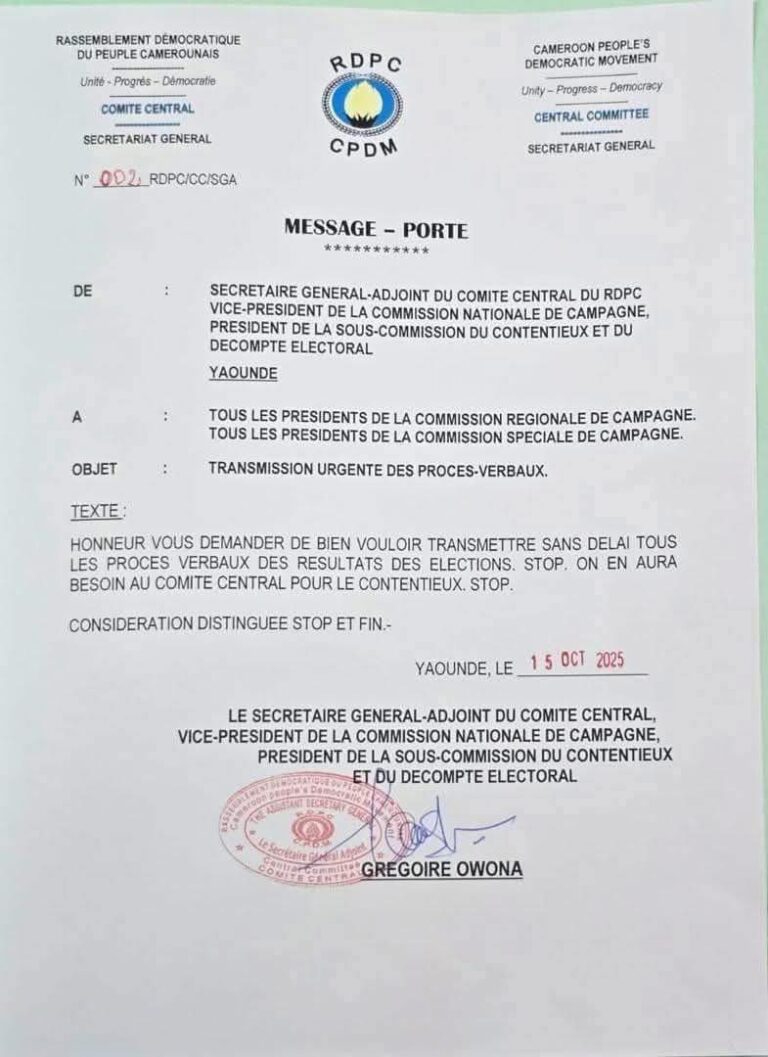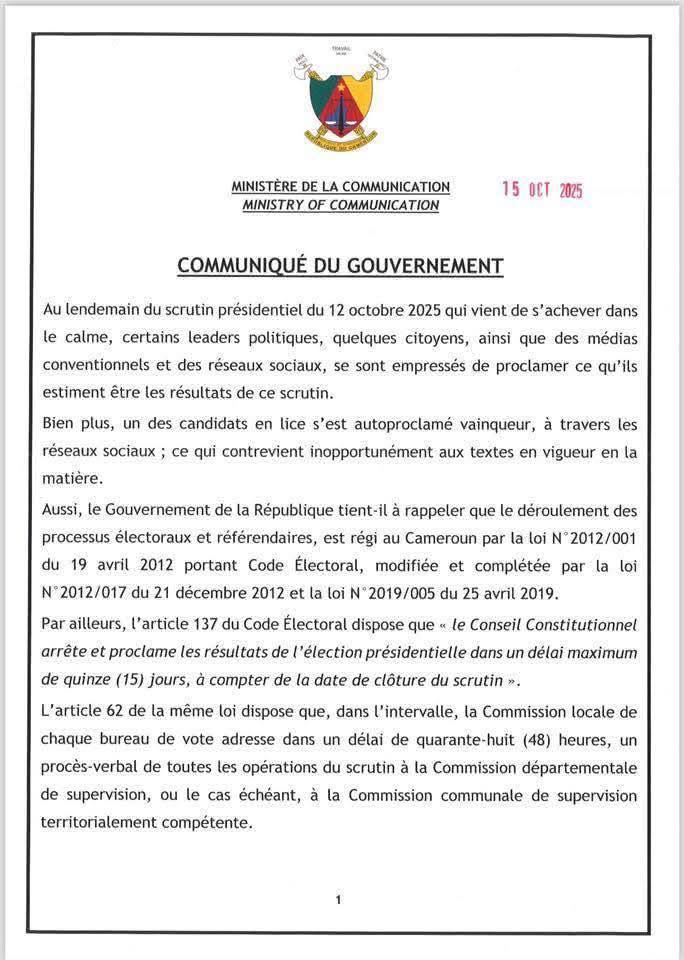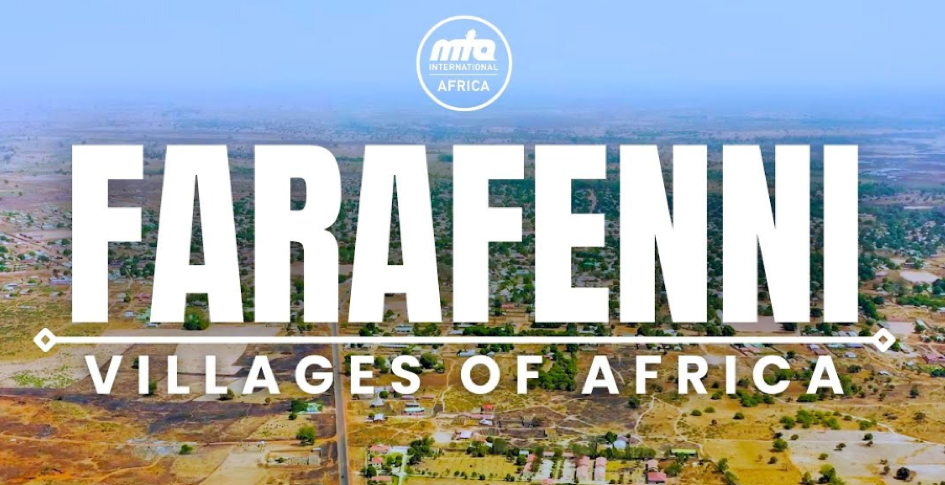
– Advertisement –
By Dr Baba Jallow
In every community there are people who are considered both part and not part of the social fabric. Human as all humans are, these people are subject to all the vicissitudes of life. Like everyone else, they need food and shelter. Like everyone else, they experience episodes of joy and pain. Like everyone else, they fall sick and need medication. Like everyone else, they eventually succumb to the cold hand of death. And like everyone else, they are remembered or forgotten as the case may be.
But unlike everyone else, these people often have no place to call home, where at the end of the day, they could retire to a caring family, a warm meal, a roof to sleep under, and a bed to sleep on. There are certainly a few exceptions in the rare cases where they stay in their own communities. Here, they are recognized and accepted as part of the community, but they still exist on the margins of normal life – seen, heard, spoken to, but considered outsiders in a way that is both deniable and undeniable. Sadly, most of these people do not even know where their own communities are. They often have lost all concept of home. And home becomes wherever they are: in markets, in the streets, in dilapidated buildings; even in the forest where some of them fall prey to the unthinking actions of wild animals and poisonous reptiles.
– Advertisement –
But these deprivations make them no less human; no less worthy of recognition and remembrance; no less worthy of being recognized as members of the community, and in our case, as being considered among the children of Chaku Bantang, like all the rest of us. We share with them the same public spaces; they sleep under the same moonlit skies; they hear the same sounds of both day and night; they breathe the same Chaku air that nourished the souls and bodies of all other members of the Chaku Bantang community. A vital part of our communal story would be missing if these other children of Chaku Bantang are left out of our shared narratives of communal life.
There were quite a few of them in the Chaku Bantang of our childhood days. We called them doff, nyamaato, hangaado. We rarely cared to know where they came from. We just woke up one fine day and saw them around. We knew the names of some, but called others whatever we heard people calling them. We interacted with some of them, mostly through calling them names they did not like or saying things that provoked them. For those who did not have any forbidden names, we often just called their names or if we did not know their names, we simply stared and passed them by, giving little more thought as to what next for them. We were children, and we did not think of them as Chaku’s children too. Now, we know that they were Chaku’s children too, and we know that their stories deserve to be told too, and shared with both current and future generations of Chaku citizens. They too, walked our beautiful streets. They too, walked in the rain under the Chaku skies. They too, heard the throbbing of the sabarr, the siko and the seyrouba. And they too, heard the loud songs of Bembeyaa Jazz when they filled the night airs calling customers to go see a movie at Chaku Bantang cinema. Or the melodious sounds of loud Indian music drifting in the night airs from the direction of Odeon Cinema.
Among the most iconic and interesting of Chaku’s other children was a little old lady people called Kumba Jinneh. Kumba Jinneh was a short, small old lady who had no teeth but who was always munching colanuts, with the result that her toothless mouth was always red with colanut juice. She was very friendly and attended naming ceremonies and other cultural events. She could be heard chatting with folks and was believed to possess spiritual powers. It was widely believed in Chaku Bantang that when she was a child, Kumba Jinneh was stolen by the jinns who kept her for many years before releasing her. Hence her name, and hence the belief that she possessed spiritual powers. Kumba Jinneh always wore lose haftans and had a brisk walk. Sometimes she would disappear from Chaku Bantang for long periods of time before resurfacing. And when we saw her, we would say Kumba Jinneh, Kumba Jinneh as she passed us by. She was very popular around town.
– Advertisement –
Another child of Chaku Bantang who often made me feel very sad whenever I saw her was Jama. Jama was a tall, slender woman with a permanent smile on her face. She always had two little girls following her around, maybe aged 6 and 8, most likely her daughters. The little girls followed her around as she quietly roamed around the market, smiling. They held on to to her clothes or her hands and quietly followed Jama as she walked around and people gave her food and other items. When she sat down, the two little girls would sit near her or lie down on her laps. They were mostly quiet. Like Kumba Jinneh, Jama and her girls often disappeared from Chaku Bantang for periods of time before resurfacing.
Jama and Kumba Jinneh were the only females I saw among Chaku’s other children. All the rest were men. There were Gankal, Oh, Pappa, Lagara, Baba Yero, Sam, Driver, Kaw, and the small quiet young man whose name I did not know and who was always at the market, near the fish stalls, trying to trap flies between his thumb and forefinger . . . and throwing them into his mouth.

